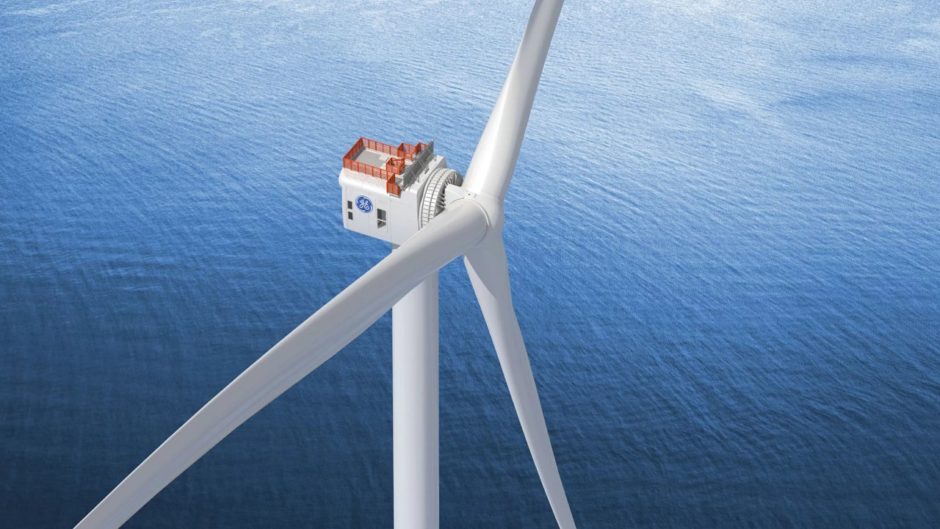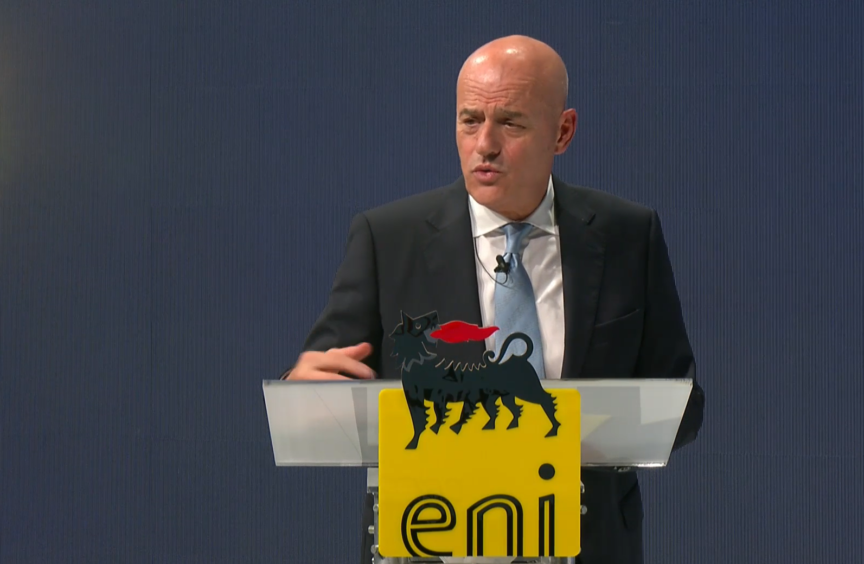
Eni is acquiring further stakes in the Dogger Bank wind farm project in a £140million deal.
Last year the Italian operator took 20% of “A” and “B”, the first two phases of the project for more than £400million.
It has now struck deals to acquire 20% of C, the third phase of Dogger Bank, with equal splits again coming from Equinor and SSE.
The deal is expected to close in the first quarter of 2022, at which point SSE and Equinor will each hold 40% of Dogger Bank C.
Eni chief executive Claudio Descalzi said: “Through this important transaction we continue to accelerate our growth strategy in renewable energy, as well as strengthening our presence in the offshore wind market in Northern Europe, one of the most promising and stable markets in the world.
“This new capacity further enhances and expands Eni’s portfolio that integrates renewables and retail, a fundamental strategic lever for the decarbonisation of emissions related to the use of our products by our customers. It is therefore a new concrete step in our process of complete reduction of the net emissions of industrial processes and products.”
Once complete, Dogger Bank will be the largest offshore windfarm in the world, generating around 18 TWh annually, enough renewable electricity to supply 5% of the UK’s demand, equivalent to powering six million UK homes.
SSE is leading construction of Dogger Bank, expected to be completed in 2026, at which point Equinor will take over as operator.
Equinor renewables vice president Pal Eitrheim said: “With this offshore wind transaction, we continue to demonstrate value creation from Equinor’s renewables business.
“As with Dogger Bank A and B, the divestment in the Dogger Bank C project is in line with our strategy of accessing selective markets early and at scale, leveraging our offshore capabilities to mature and de-risk projects.”
Gregor Alexander, SSE’s Finance Director, said: “SSE welcomes Eni as an industrial partner to the Dogger Bank C project. The sale of a stake in Dogger Bank C to Eni represents good value for shareholders and will enable us to continue to recycle capital into creating more low-carbon electricity assets.”
Recommended for you


